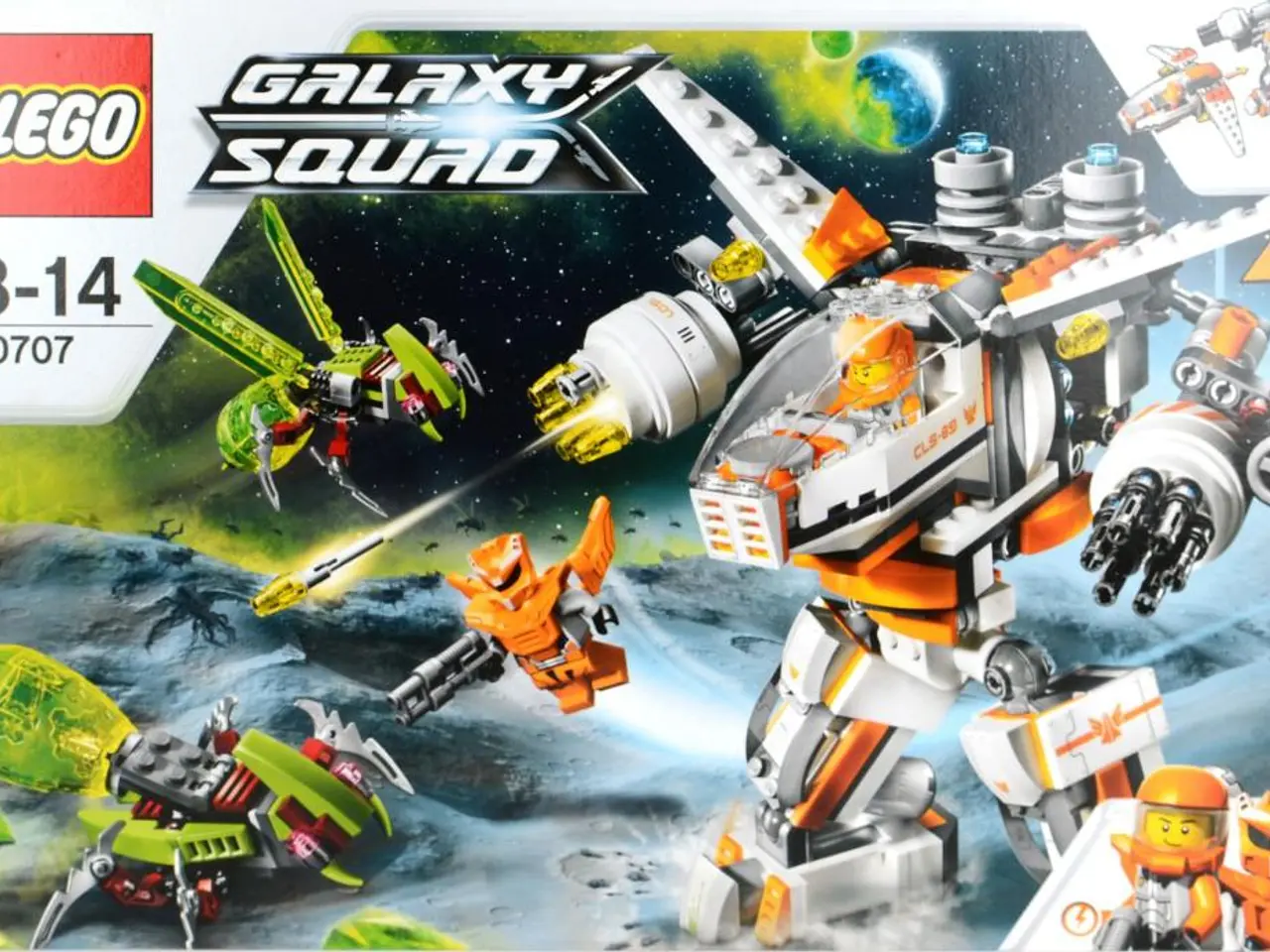Outdated GTX 660 Graphics Card, Despite Up scaling, Remains Sluggish at a $10 Price Point, FSR Offers Minimal Speed Enhancement
A die-hard tech enthusiast decided to give an old, long-retired GTX 660 a second chance by testing its capabilities with modern upscaling technologies in 2025. GCS Hardware, a popular YouTube channel, documented the experiment by running the aging Kepler-based video card in various games, some with and some without upscaling support. Interestingly, even though FSR technically supports the GTX 660, its sluggish performance prevented it from taking advantage of the upscaling technology.
The experiment included testing four titles: Counter-Strike 2, GTA V, Cyberpunk 2077, and Doom 2016. However, only two of the four titles had upscaling support. Unsurprisingly, Cyberpunk 2077 performed the worst, managing a mere 10 FPS at native 1080P on the lowest settings, with FSR 2.1 boosting performance to the low 20s. However, enabling FSR caused the game to crash. Both XeSS and FSR 3.1 were practically unsupported, with XeSS causing the game's frame rates to plummet to 1 FPS, and turning on FSR 3.1 resulting in the game breaking and displaying a black screen.
Counter-Strike 2, on the other hand, proved to be the best-case scenario for the GTX 660, managing a consistent 80-90 FPS at native 1080p on the lowest settings. Despite the support for FSR, the test revealed that it provided no additional FPS improvements, regardless of the mode (balanced or performance) used.
The GTX 660, which dates back to 2008 and boasted Nvidia's Kepler architecture, was a mid-range card in its time, featuring a GK106 die, a 28nm process node, 960 shader cores, 80 TMUs, 24 ROPs, 384 KB of L2 cache, a 1,032MHz boost clock, and a 140W TDP. Its memory subsystem included 2GB of GDDR5 memory, operating on a 192-bit wide memory bus, offering 144.2 GB/s of memory bandwidth.
While upscaling technologies like FSR 2.x, 3.x, and XeSS can run on a broad range of modern and older hardware, they were never designed to work effectively on ancient GPUs like the GTX 660. XeSS requires a minimum GPU equivalent to the Nvidia GTX 10 series or better, whereas AMD recommends the GTX 10 series and above for FSR upscaling.
The core issue lies in the hardware compatibility, which prevents these upscalers from functioning optimally on the GTX 660. In the case of XeSS, it requires Shader Model 6.4 support, but the GTX 660 only supports up to Shader Model 5.1. FSR 2 technically supports the GTX 660 but relies on an FP32 single-precision fallback to run on the Kepler GPU. This fallback comes at the cost of performance, as FSR was designed to run on FP16 half-precision compute.
Even if the GTX 660 could support natively operating on FP16, it is highly unlikely that it would perform significantly better with FSR than it currently does with its FP32 fallback mode. Upscalers are compute-intensive and require a certain amount of compute power to upscale an image from a lower resolution to a higher resolution. If a GPU is too slow, it will spend too much time upscaling each frame, resulting in nullified potential FPS improvements.
Stay On the Cutting Edge: Get the Tom's Hardware NewsletterGet Tom's Hardware's latest news, in-depth reviews, and updates, straight to your inbox.
Follow Tom's Hardware on Google News to stay updated with our latest news analysis and reviews, straight in your feeds. Don't forget to click the Follow button.
[1] PC Gamer, GTX 660, https://www.pcgamer.com/nvidia-geforce-gtx-660/[2] AMD Radeon Frame Rate State Analysis 2.0, https://robschreckhise.github.io/AnalyzeDRM/FSR-State-2.0.html[3] Nvidia Minimum PC System Requirements, https://www.nvidia.com/en-us/geforce/g-sync/g-sync-compatible-monitors/[4] AMD Minimum PC System Requirements, https://www.amd.com/system/us/products/graphics/desktop-graphics/radeon-rx-series/radeon-rx-series-min-system-reqs[5] The Verge, Nvidia's GeForce Now adds support for upscaling with DLSS, https://www.theverge.com/2022/2/23/22974675/geforce-now-dlss-upscaling-performance-games-tech- Tips, tricks, and more: Get the Tom's Hardware NewsletterTom's Hardware provides in-depth news, reviews, and updates on technology and gaming, delivered straight to your inbox.
For the latest updates from Tom's Hardware, follow Tom's Hardware on Google News and click the Follow button.
Stay ahead of the curve with Tom's Hardware's expert insights into the world of technology and gaming. Subscribe today and get access to exclusive content, not available on the website. Click the Subscribe button now to start enjoying the best tech content available.
In the Bleak Midwinter: A Victorian Ghost StoryExperience the chilling tale of the Victorian era in "In the Bleak Midwinter: A Victorian Ghost Story." Immerse yourself in the enigma of a haunting winter castle, where paranormal mysteries are unveiled, interwoven with classic romance, suspense, and adventure. Discover a world filled with the grandeur and intrigue of the Victorian era, brought to life by Tom's Hardware's cutting-edge technology.
Click the Subscribe button now to learn more about "In the Bleak Midwinter: A Victorian Ghost Story" and get access to exclusive content, not available on the website. Don't miss your chance to embark on an unforgettable journey into the heart of the Victorian era. Click Subscribe now!
- The tech enthusiast found that only a few of the tested gadgets, specifically Counter-Strike 2 and GTA V, supported upscaling technology when he utilized the old GTX 660 in 2025.
- Despite demonstrating support, FSR technology could not improve the performance of the aging GTX 660 due to its dependence on the less efficient FP32 single-precision fallback on Kepler-based hardware. The technology was designed for FP16 half-precision compute, which the GTX 660 is highly unlikely to support for noticeable FPS improvements.








